From Poop to Poison: The Weirdest Things Animals Eat
The natural world is full of oddities, and nowhere is that more apparent than in what animals eat. Some creatures dine on things that would make a human gag, while others thrive on diets that seem like a death wish. Let’s explore some of the strangest diets found in nature.
Dung Beetles: Waste

Credit: Reddit
Most animals avoid feces, but for dung beetles, it’s an all-you-can-eat buffet, so much so that these tiny scavengers stake their entire lives on it. They roll, bury, and feast on dung, sometimes battling each other for the freshest finds. It’s not just about nourishment, either. Some species lay their eggs inside these dung balls, which gives their larvae an instant food supply when they hatch. This behavior might seem revolting, but dung beetles play a critical role in the ecosystem by cleaning up waste and recycling nutrients back into the soil.
Koalas: Toxic Leaves

Credit: flickr
If you think eating nothing but salad sounds boring, imagine living off eucalyptus leaves for your entire life. Koalas do just that, and the craziest part? Those leaves are loaded with toxins. Most animals steer clear of them, but koalas have evolved a highly specialized digestive system that breaks down the poison and extracts the tiny bit of nutrition the leaves offer. Even with this adaptation, their diet isn’t exactly energy-packed, which is why koalas sleep for up to 20 hours a day—conserving energy is just as important as finding food.
Vampire Bats: Blood

Credit: Reddit
While bats are usually associated with fruit or insects, three species in the world have taken a much darker approach to dining. Vampire bats survive exclusively on blood; they sneak up on sleeping animals and make tiny, precise cuts in their skin. Their saliva contains a natural anticoagulant that prevents the wound from clotting and allows them to lap up their meal without their prey even noticing. Despite their eerie reputation, vampire bats are incredibly social and often share food with roost-mates who weren’t lucky enough to find a meal that night.
Giraffes: Bones
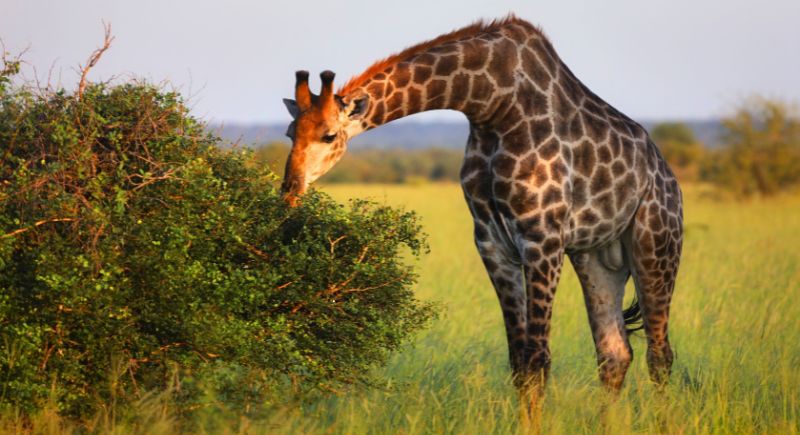
Credit: Canva
Giraffes are the picture of a peaceful herbivore; they stretch their long necks to nibble on treetops. But when their bodies need extra minerals—especially calcium and phosphorus—they turn to an unusual source: bones. Scientists have observed giraffes casually picking up and chewing old, sun-bleached bones to supplement their diet. They don’t actually swallow the pieces; instead, they grind them down to extract whatever minerals they can. It’s their version of taking a calcium supplement.
Civet Cats: Fermented Fruit
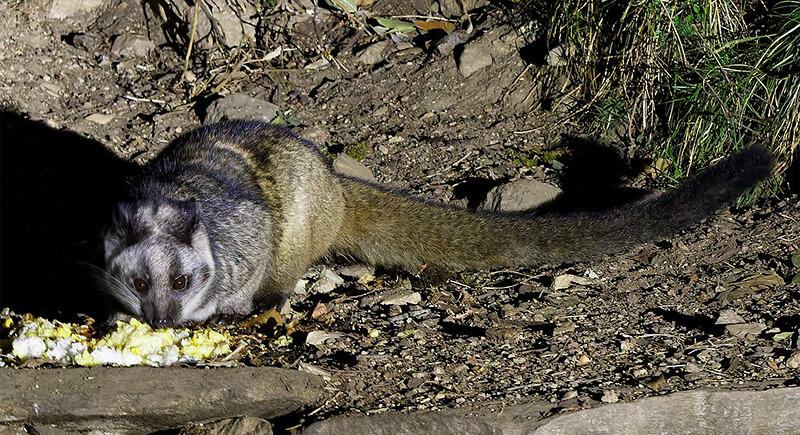
Credit: flickr
Civet cats have a diverse diet, but they’re particularly drawn to overripe palm fruit, which ferments naturally. Eating too much of it can leave them staggering around in a drunken haze, much like humans after one too many drinks. But that’s not the only reason civets are famous for their eating habits. They also happen to be the key players in producing one of the world’s most expensive coffees. They eat coffee cherries, digest the fruit, and pass the beans, which are then collected, cleaned, and roasted into what’s known as Kopi Luwak. Some claim it’s the smoothest coffee in the world—if you can get past how it’s made.
Egg-Eating Snakes: Swallowing Whole Meals
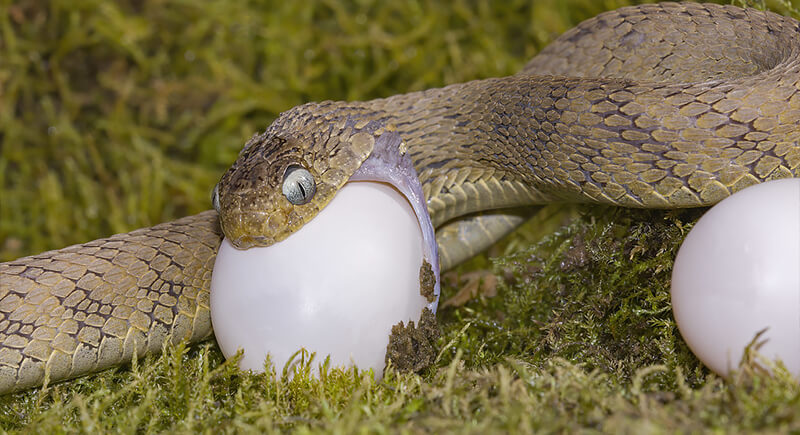
Credit: flickr
The vast majority of snakes rely on their fangs and venom to take down prey, but egg-eating snakes have a much gentler approach. They specialize in raiding bird nests and swallowing eggs whole. Their flexible jaws expand to accommodate even oversized eggs, and inside their bodies, bony projections along their spine crack the shell so they can digest the contents. Once they’ve extracted all the nutrients, they regurgitate the crushed shell and leave nothing but a perfectly cleaned-up nest behind.
Flamingos: Foods High in Carotenoids
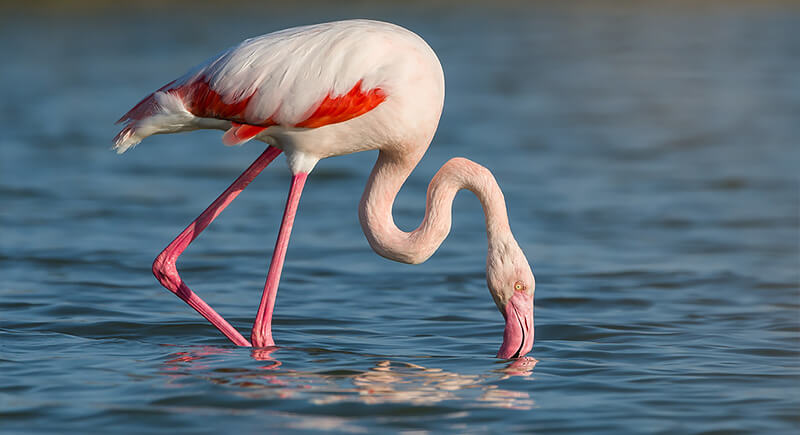
Credit: flickr
A flamingo’s striking pink color isn’t something it’s born with—it’s a direct result of its diet. These birds consume brine shrimp and algae rich in carotenoids, the same pigments that give carrots their orange hue. Without this food source, flamingos would remain a dull gray, which is why flamingos in zoos sometimes get carotenoid supplements to maintain their signature color. Their diet is so specialized that their beaks have evolved to work like built-in filters that allow them to scoop up tiny organisms while wading in shallow water.
Honey Badgers: Venom
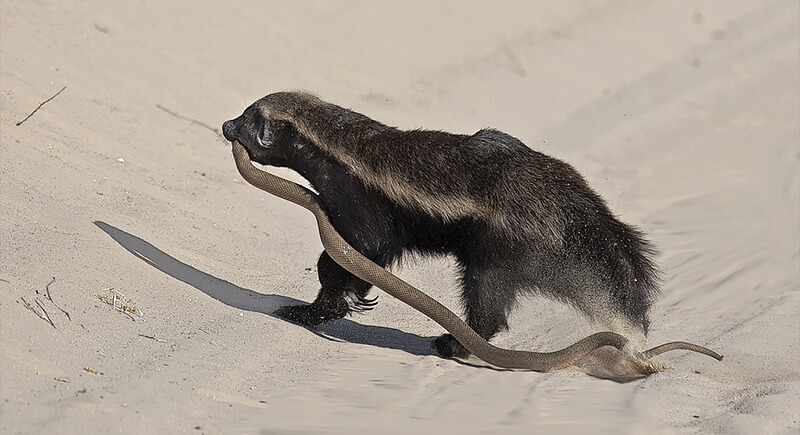
Credit: flickr
The honey badger has a reputation for being one of the toughest animals on the planet, and its diet proves why. These fearless mammals eat just about anything. They’ve even developed a resistance to snake venom, which allows them to take down cobras and puff adders without much concern. After getting bitten, a honey badger might pass out briefly, but once it shakes off the effects, it’s right back to finish its meal.
Pangolins: Bugs
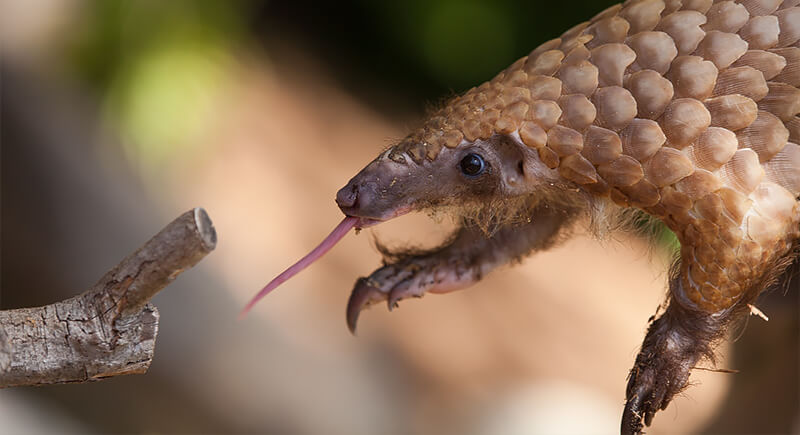
Credit: flickr
Pangolins feast on thousands of ants and termites every day. Their long, sticky tongues are so efficient that they don’t even need teeth. Instead, their muscular stomachs grind up the insects, much like a bird’s gizzard. Covered in protective scales, pangolins can tear into ant mounds without worrying about bites, which makes them some of the most specialized insect eaters on the planet.
Maned Wolves: Fruit
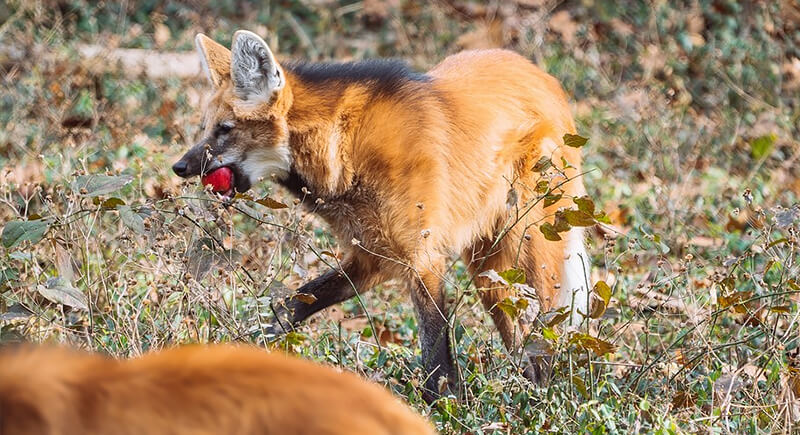
Credit: Facebook
The maned wolf, which looks like a cross between a wolf and a deer, has an equally unusual diet. Though it does hunt small animals, nearly half of its food comes from fruit, especially the lobeira, or “wolf apple.” This tomato-like fruit provides essential nutrients and even helps prevent kidney disease in these long-legged canines.
Giant Anteaters: Ants and Termites

Credit: Reddit
Without teeth, giant anteaters rely on sheer speed to eat. Their long, sticky tongues can flick in and out up to 150 times per minute, helping them devour tens of thousands of ants and termites each day. Since their prey fights back with bites and stings, anteaters don’t waste time chewing—they simply gulp and move on.
Komodo Dragons: Everything
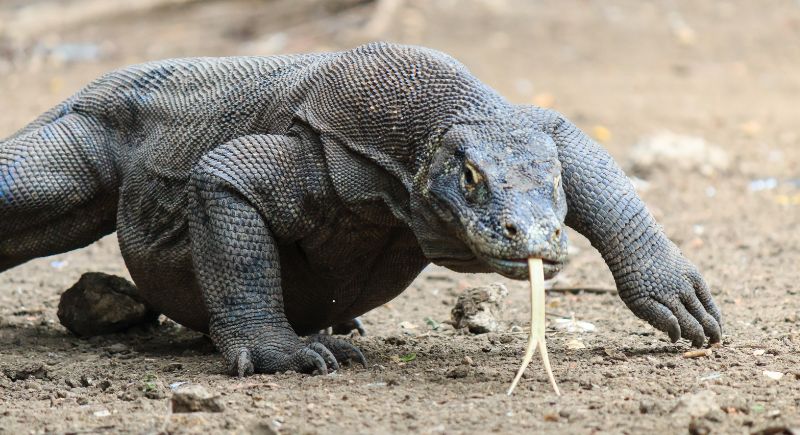
Credit: Canva
Komodo dragons aren’t picky eaters. They hunt large prey like deer, but they’re also happy to scavenge carcasses. Their powerful digestive systems allow them to consume nearly every part of their meal, including bones and hooves. Even if food is scarce, they can slow their metabolism and survive on just a few meals a year.
Hoatzins: Leaves
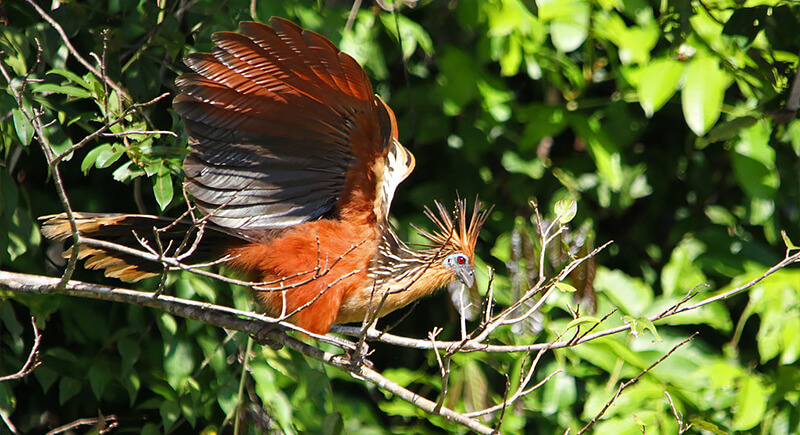
Credit: flickr
The hoatzin, a tropical bird, eats almost exclusively leaves. Even more interestingly, hoatzins ferment their leafy diet in their gut, similar to how cows digest grass. This process allows them to break down tough plant material and makes them one of the only birds with a ruminant-like digestive system.
Bearded Vultures: Bones
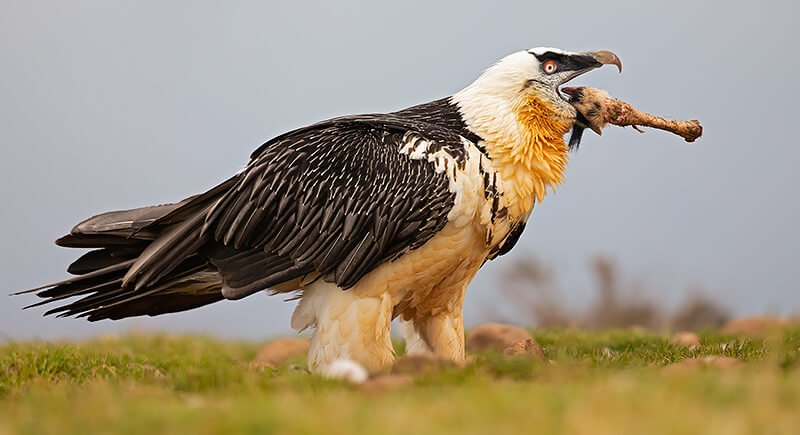
Credit: iStockphoto
Unlike other scavengers that focus on meat, bearded vultures, also known as lammergeiers, consume almost nothing but bones. They pick up large bones, drop them from great heights to break them into smaller pieces, and then swallow them whole. Their stomach acid is so strong that it dissolves even the densest bones and helps them extract calcium and other nutrients that most animals would struggle to digest.
Marine Iguanas: Algae

Credit: Reddit
Marine iguanas of the Galápagos Islands have a diet made up entirely of algae. These reptiles dive into the ocean to scrape algae off rocks. Since saltwater contains excess sodium, marine iguanas have developed a way to remove it by sneezing out salt through specialized glands in their noses after every meal.